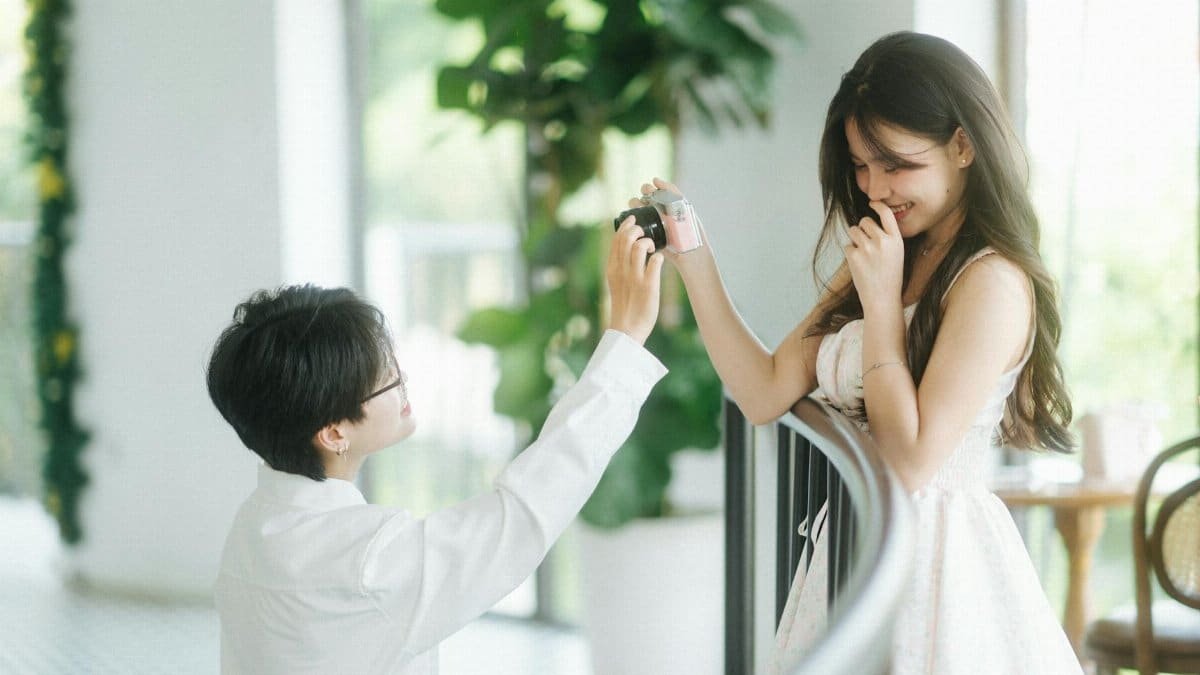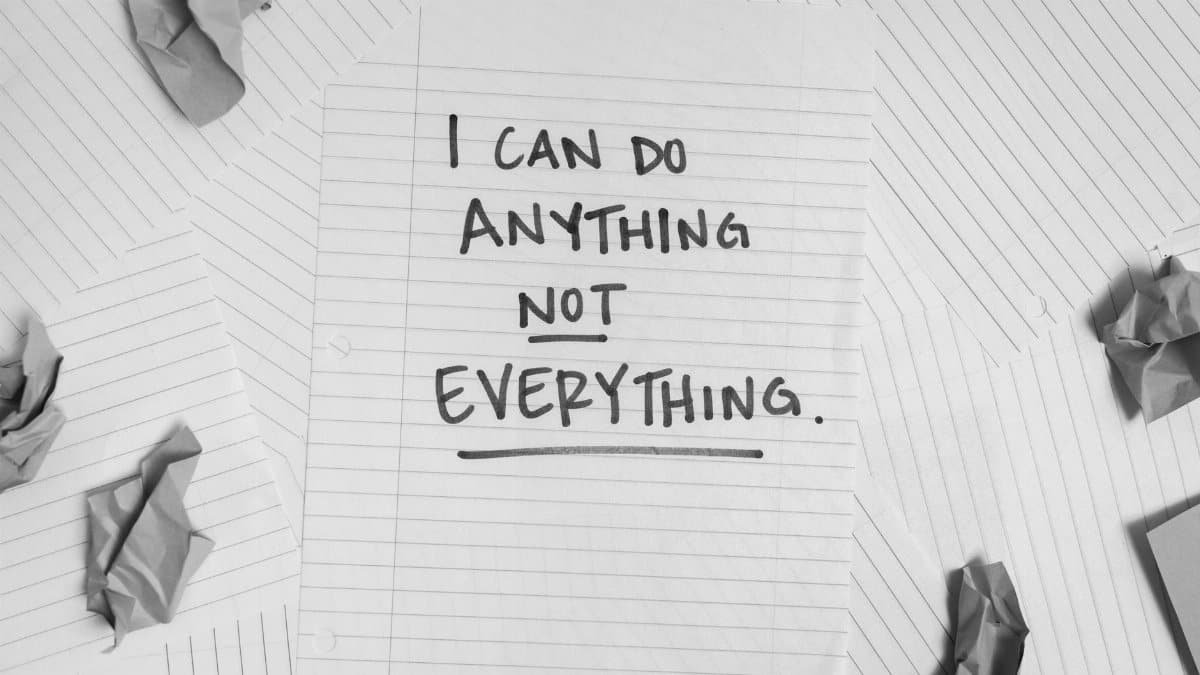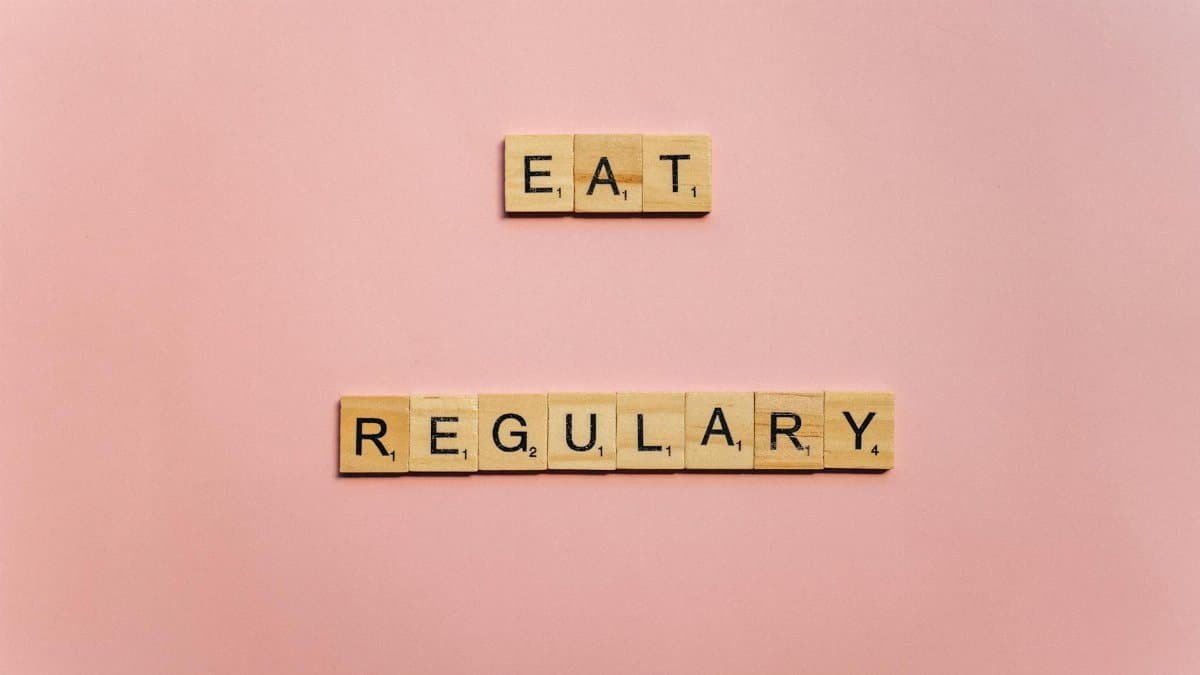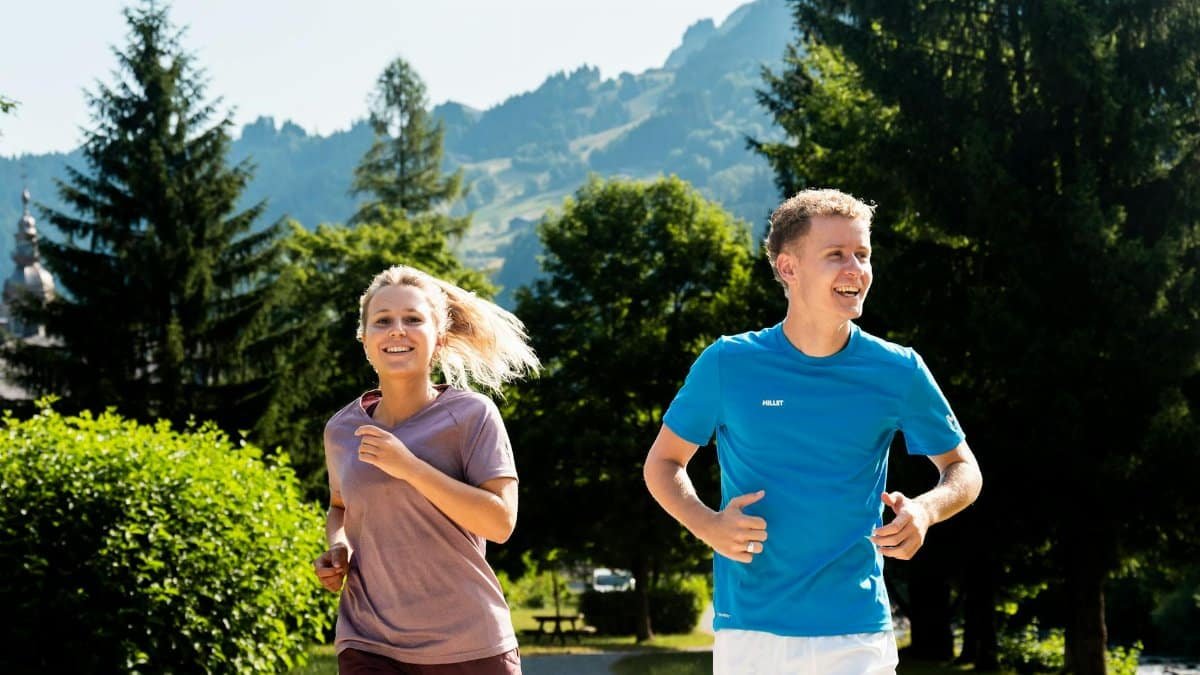A recent study from the National Institutes of Health revealed that over 20% of Americans have explored alternative therapies like Ayurveda in the past year, a sharp rise from a decade ago. This surge reflects a growing disillusionment with conventional medicine amid rising stress levels and chronic health issues. Enter Panchakarma, an ancient Ayurvedic detoxification process that’s gaining traction in wellness circles across the U.S. Far from a fleeting trend, it’s prompting profound shifts in how people live, eat, and connect. As middle-aged adults juggle careers, families, and personal health, many report unexpected transformations after committing to this rigorous regimen. These changes often start subtle but build into lasting habits, reshaping daily routines and outlooks. What begins as a quest for physical relief frequently evolves into a deeper journey toward balance.
What Exactly Is Panchakarma?

Panchakarma isn’t just another spa treatment. Rooted in Ayurveda, India’s ancient system of medicine, it translates to “five actions” and involves a series of therapies designed to cleanse the body of toxins. Practitioners describe it as a reset button for the system, addressing imbalances that modern life exacerbates. In the U.S., where stress-related ailments like hypertension affect millions, this practice is adapting to contemporary needs.
Imagine a week-long retreat in a quiet California center, where participants undergo oil massages, herbal steam baths, and controlled fasting. One anonymous account from an online wellness forum captured the essence: a participant shared feeling “like years of accumulated fog lifted,” highlighting the sensory immersion. But it’s not all relaxation; the process can be intense, purging not just physical waste but emotional baggage too.
Studies back this up. Research from the National Center for Biotechnology Information outlines how Panchakarma therapies may reduce inflammation and improve metabolic functions, drawing on traditional methods validated by modern science.
Physical Transformations That Surprise Newcomers

People often start Panchakarma seeking relief from aches or digestive woes. Yet the physical changes extend far beyond. Skin glows with newfound clarity, as if the body’s outer layer reflects an inner purge. Weight loss happens naturally, not through deprivation but by realigning eating patterns with bodily needs.
Take Sarah, a 48-year-old teacher from Chicago. She began after years of unexplained fatigue. Within weeks, her joint pain eased, and she noticed her posture improving—standing taller without effort. It’s these tangible shifts that keep practitioners coming back. A report from the Chopra Center, a leading U.S. Ayurveda hub, notes that participants frequently report enhanced vitality, supported by personalized herbal regimens.
Such changes aren’t uniform. For some, it’s better digestion; for others, stronger immunity. The key lies in the tailored approach, which contrasts with one-size-fits-all Western medicine.
Gaining Mental Clarity Amid the Chaos

In a world buzzing with notifications and deadlines, mental fog is a common complaint. Panchakarma cuts through that haze. Practitioners often describe a sharpening of focus, as if the mind’s clutter has been swept away.
One man in his fifties, reflecting on his first session in New York, said it was like “tuning an old radio to a clear station.” Decisions that once paralyzed him came easier. This isn’t mere anecdote; evidence from the National Center for Complementary and Integrative Health suggests Ayurvedic practices like this can alleviate anxiety by balancing doshas, the body’s energy types.
Yet, the path isn’t always smooth. Initial detox phases might stir up buried emotions, leading to temporary unease. Over time, though, this yields to a steady calm, helping people navigate midlife stresses with grace.
Revitalized Energy and Better Sleep Patterns

Sleep eludes many in their forties and fifties, disrupted by worries or hormonal shifts. Panchakarma addresses this head-on, promoting restorative rest through rhythmic daily routines.
Participants wake feeling energized, not drained. A study published in the Journal of Ancient Science of Life highlights how these therapies regulate circadian rhythms, leading to deeper sleep cycles. In U.S. adaptations, evening oil applications become a ritual, signaling the body to unwind.
Consider the ripple effect: better sleep fuels productivity, creating a virtuous cycle. One woman shared anonymously online how her insomnia faded, allowing her to pursue hobbies long abandoned. It’s these quiet victories that underscore the practice’s appeal in 2025’s high-pressure environment.
Shifts in Diet and Daily Habits

Panchakarma doesn’t end with the treatment; it reshapes how people eat and live. Cravings for processed foods diminish, replaced by an intuitive pull toward nourishing meals.
Herbs and spices once foreign become staples. A middle-aged executive from Texas found himself experimenting with turmeric lattes, noticing reduced inflammation. This isn’t dieting—it’s attunement. The process emphasizes mindful eating, aligning with trends in U.S. wellness where holistic nutrition is booming.
Habits extend to movement too. Gentle yoga often follows, integrating seamlessly into routines. The transformation feels organic, not forced, fostering sustainability.
Emotional Healing and Stronger Relationships

Beyond the body, Panchakarma touches the heart. Emotional blockages surface and dissolve, leading to greater empathy.
Families notice the difference. One practitioner recounted mending a strained marriage, as newfound patience replaced old irritations. It’s as if the detox clears relational toxins too.
Research from integrative medicine sources supports this, showing reduced stress hormones that improve interpersonal dynamics. In group settings, shared experiences build community, combating isolation common in midlife.
Navigating Common Challenges

Not every journey is seamless. The intensity of Panchakarma can overwhelm beginners, with symptoms like headaches during detox.
Access is another hurdle in the U.S., where certified centers are sparse outside major cities. Cost and time commitments deter some, yet alternatives like at-home versions are emerging.
Experts advise starting small, perhaps with a single therapy. Persistence pays off, as initial discomfort gives way to profound benefits.
Long-Term Benefits for Lifelong Wellness

Over months, the changes compound. Immunity strengthens, chronic conditions ease, and a sense of purpose emerges.
In 2025, with healthcare costs soaring, preventive practices like this offer empowerment. Participants report fewer doctor visits, embracing self-care as a norm.
It’s a reminder that true wellness integrates body, mind, and spirit, a lesson resonating deeply in today’s fragmented world.
Expert Insights on Integrating Panchakarma

Doctors blending Ayurveda with Western medicine emphasize personalization. “Listen to your body,” one advises, highlighting the need for professional guidance.
Centers like those affiliated with the Ayurvedic Institute provide resources, making it accessible. As interest grows, more research will likely validate its role in modern health.
Getting Started in Your Own Life

Curious readers might begin with a consultation. Books and online courses demystify the basics, while retreats offer immersion.
Remember, it’s a commitment, but the life changes—calmer minds, healthier bodies—make it worthwhile. In a fast-paced era, Panchakarma stands as a timeless anchor.
